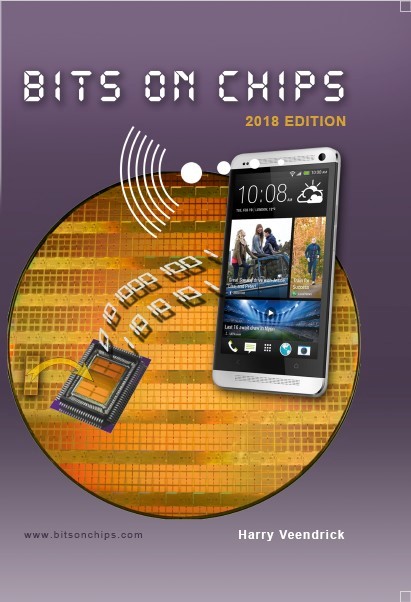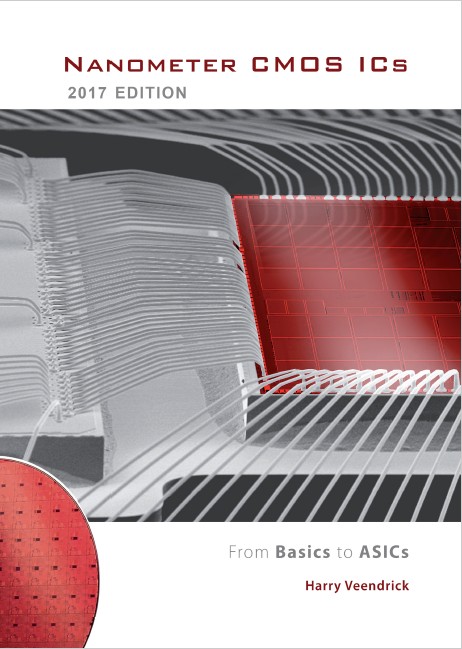BITS ON CHIPS
Home
From the start of the electronic revolution, some five decades ago, people have worried about its impact on society. The backbone of this revolution is the chip. The rapid adoption of chip technology in industrial, military, aerospace, automotive, consumer, medical and communication markets created an electronics sector with the fastest growth rates in employment and trade of any industry over the last five decades. This has resulted in the fact that, today, the total semiconductor revenue is more than 600 billion US$, while the worldwide electronics market is currently estimated to be close to 1,500 billion US$.
Even of more importance than just the amount of money involved is the impact of the chip on the society. It controls our everyday life in many aspects, e.g., it affects our working place, it improves safety and driving comfort of our cars, it enhances our listening (music) and viewing experiences (TV) and it makes many of our everyday tasks a lot easier and faster. But our social life is mostly affected by the rapidly growing communication market. In this respect, smart phones and tablets represent, the summum of popular electronic products that combines entertainment with communication and enables to socialise any time, anywhere. These gadgets are marvels of electronic engineering, containing more features than an average PC and their number will still increase.
Although chips are already used in many medical applications for several decades now, it looks like its adoption in medical and biological diagnostics and analysis has just begun. The creation of a lot of sensor devices, combined with the processing power of chips, will enable future applications in these domains that are even beyond our today’s imagination.
All in all chips improve safety, health and wellness of our everyday lives to such an extent that they have become the most dominant factor in the continuing electronic revolution.
A chip is the result of a very complex development cycle. It requires a huge amount of design resources and is fabricated in a semiconductor technology, which is the most advanced and complex technology, that exist today. The price of a modern semiconductor wafer fab is between 15 and 20 billion US$.
Bits on Chips is an attempt to make this micro-electronics world accessible to a larger public. It provides two different books and three different courses, each with different target audiences.
The links structurally guide the visitor through the contents of these books and courses.


